
More than 10% of Americans say they’re allergic to penicillin. But here’s the surprising truth: 90 to 95% of them aren’t. They were mislabeled years ago-maybe after a rash that had nothing to do with an allergy, or a reaction they never properly tested. And because of that label, they’re being given riskier, more expensive antibiotics every time they get sick.
This isn’t just a personal health issue. It’s a public health crisis. Patients with a penicillin allergy label are 69% more likely to get antibiotics like clindamycin or fluoroquinolones, which are linked to higher rates of deadly infections like Clostridioides difficile, surgical site infections, and treatment failures. They also pay more-up to $60 extra per course of antibiotics. And it’s all based on a mistake.
Why Most Penicillin Allergies Aren’t Real
People often get labeled with a penicillin allergy after a mild rash that appeared days after taking the drug. That’s not a true allergy. True penicillin allergies are IgE-mediated reactions: hives, swelling, trouble breathing, or anaphylaxis-usually within minutes to hours of taking the drug.
But here’s what happens in real life: someone gets a rash after taking amoxicillin as a kid. The doctor says, “You’re allergic.” No testing. No follow-up. The label sticks forever. Even if they’ve taken penicillin since then without issue. Even if the rash was from a virus, not the drug.
Studies show that 8 out of 10 people who think they’re allergic to penicillin can take it safely. Yet most never get tested. Why? Because many doctors don’t know how to test for it. Or they assume it’s too risky. Or they don’t have access to allergists.
How Penicillin Skin Testing Works
Penicillin allergy testing isn’t complicated, but it’s precise. It’s done in two steps: skin testing, then an oral challenge.
First, a small drop of penicillin reagent (called Pre-Pen, or penicilloyl-polylysine) is placed on the skin. A tiny prick is made. If there’s no reaction, a deeper intradermal injection follows. Then, minor determinant reagents are tested-these catch reactions that the main reagent might miss.
If both skin tests are negative, the patient gets an oral challenge: 250 mg of amoxicillin, watched for one hour. No reaction? You’re not allergic. Period.
The whole process takes about an hour. It’s safe. It’s done in outpatient clinics, emergency rooms, and even inpatient units. And it’s accurate-over 95% specific. The only time it’s not used? If someone had a severe delayed reaction like Stevens-Johnson syndrome, DRESS, or toxic epidermal necrolysis. Those are real, dangerous reactions. They need to avoid all penicillin-class drugs forever.
Who Should Get Tested?
Not everyone needs testing. But most people who say they’re allergic should be evaluated.
Low-risk patients: those who had a rash more than 72 hours after taking the drug, or symptoms like headache or stomach upset. These patients can often skip skin testing and go straight to an oral challenge under supervision.
Moderate-risk patients: those who had hives or swelling within 1-6 hours of taking penicillin. These people need skin testing first, then a challenge.
High-risk patients: those who had anaphylaxis, low blood pressure, or throat swelling within minutes. These patients need to be referred to an allergist. Testing may still be safe, but it requires extra care.
And here’s the kicker: if you were labeled allergic more than 10 years ago, your chance of still being allergic is less than 5%. Allergies fade over time. That label? It might be outdated.
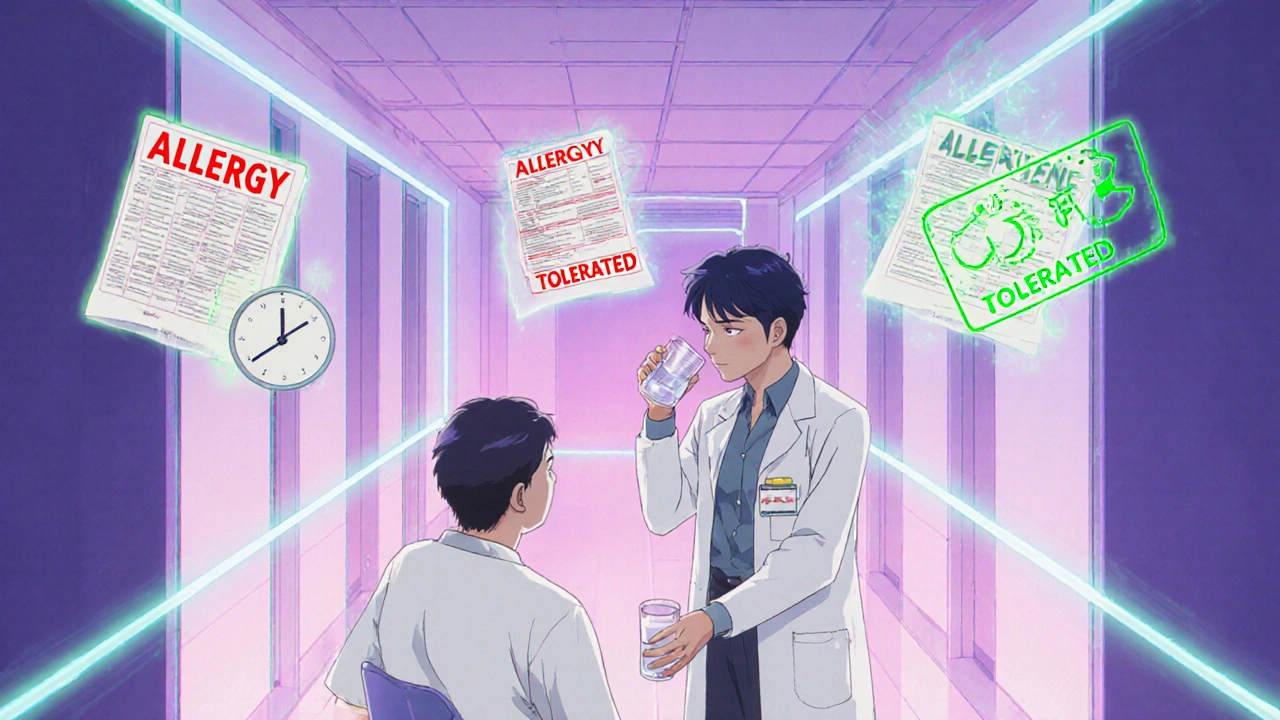
What Happens After a Negative Test?
Getting a negative result isn’t the end-it’s the beginning.
Once you’ve passed skin testing and the oral challenge, your medical record must be updated. That’s critical. If your chart still says “Penicillin Allergy,” the next doctor you see will avoid it-and you’ll get a worse antibiotic again.
Hospitals now require nurses or pharmacists to document: “Tolerated penicillin challenge. Allergy removed from record.” This isn’t optional. It’s part of antibiotic stewardship.
And when that label is removed, something powerful happens. Doctors start prescribing penicillin again. Patients recover faster. Infections clear quicker. Costs drop. And the risk of deadly side effects plummets.
Why This Matters Beyond Your Own Health
When we avoid penicillin unnecessarily, we’re not just harming individuals. We’re fueling antibiotic resistance.
Penicillin and amoxicillin are narrow-spectrum antibiotics. They target the bacteria causing the infection without wiping out everything else in your gut. Alternatives like vancomycin or clindamycin are broad-spectrum. They kill good bacteria, too. That’s why patients with penicillin labels are 2.5 times more likely to get C. difficile-a dangerous, hard-to-treat gut infection that causes severe diarrhea, hospitalization, and even death.
One study found that hospitals that implemented penicillin allergy testing programs saw a 30-50% increase in appropriate penicillin use. That means fewer superbugs, fewer infections, fewer ICU stays.
And the savings? A single successful de-labeling saves $60.70 per antibiotic course. Multiply that by millions of patients. That’s billions saved annually.
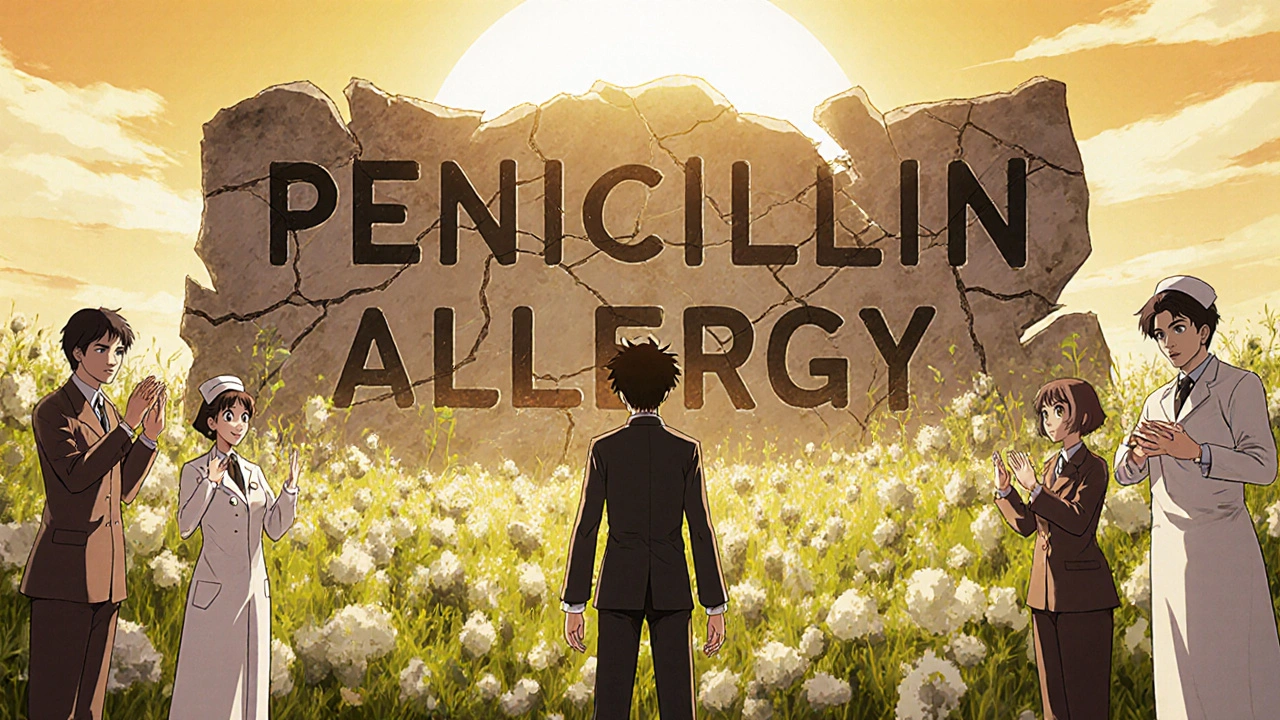
Barriers to Testing-and How They’re Being Broken
Still, testing isn’t everywhere. In 2022, only 44% of U.S. hospitals had access to allergist consultations. Just 39% offered inpatient skin testing.
But things are changing. Pharmacists are stepping in. In academic medical centers, pharmacists now perform 47% of penicillin allergy assessments-up from 12% in 2017. Nurses are trained to do oral challenges. Emergency departments are starting to offer same-day testing.
There’s even a new FDA-evaluated test kit on the horizon. It includes both major and minor penicillin determinants plus amoxicillin in one package. Early results show a 98% negative predictive value. That means a negative test might soon eliminate the need for the oral challenge altogether.
And some hospitals are piloting rapid tests that take under 30 minutes. These are done by non-allergists-with 96.5% accuracy. If this scales, testing could become as routine as checking blood pressure.
What You Can Do Right Now
If you’ve been told you’re allergic to penicillin:
- Ask your doctor: “Was this tested? Or was it just labeled?”
- Check your medical records. Does it say “penicillin allergy” without any testing details?
- If you had a reaction more than 10 years ago, you’re likely not allergic anymore.
- Ask for a referral to allergy testing. Many primary care doctors can initiate the process.
- If you’re in the hospital, ask the pharmacist: “Can we test me for penicillin allergy?”
Don’t assume the label is permanent. Don’t assume you’re safe just because you’ve taken penicillin since. That doesn’t prove you’re not allergic-it just means you got lucky.
Testing is safe. It’s effective. And it saves lives.
The Future of Penicillin Allergy Management
The CDC predicts that by 2027, 85% of U.S. hospitals will have penicillin allergy testing built into their routine care. That’s up from just 22% in 2018.
Why? Because the evidence is overwhelming. Every time a patient is de-labeled, antibiotic use improves. Infections decrease. Costs drop. Deaths from C. difficile fall.
For syphilis treatment, 97% of patients with a penicillin allergy label can safely receive penicillin after testing. That’s not a small number. That’s the standard of care.
And here’s the most important thing: penicillin allergy testing isn’t experimental. It’s evidence-based. It’s recommended by the CDC, the Infectious Diseases Society of America, and the American Academy of Allergy, Asthma & Immunology.
It’s time to stop treating penicillin allergy like a life sentence. It’s time to test. To de-label. To use the right antibiotic. To save money. To save lives.
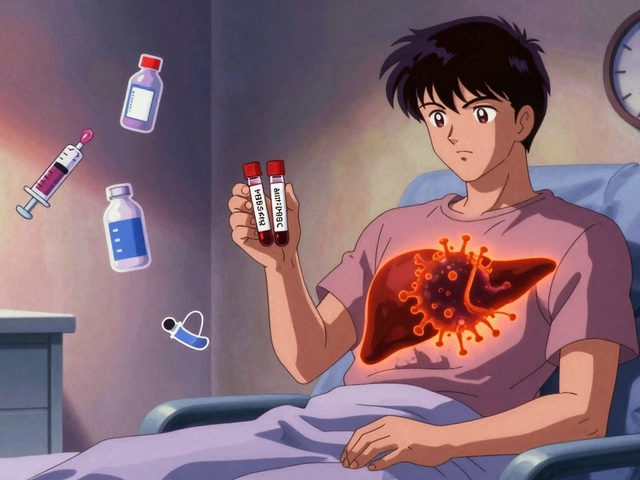


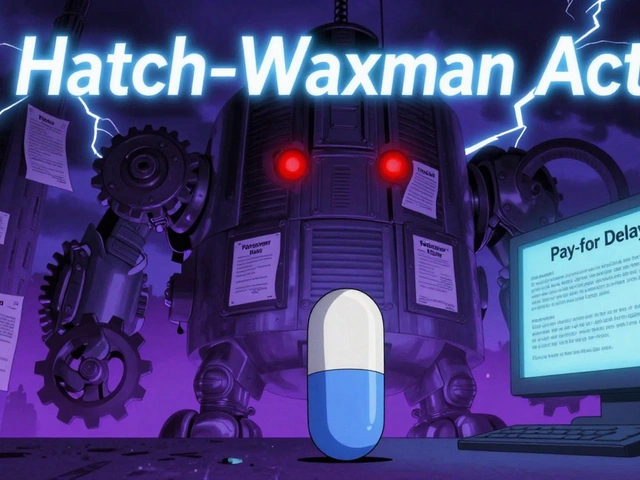
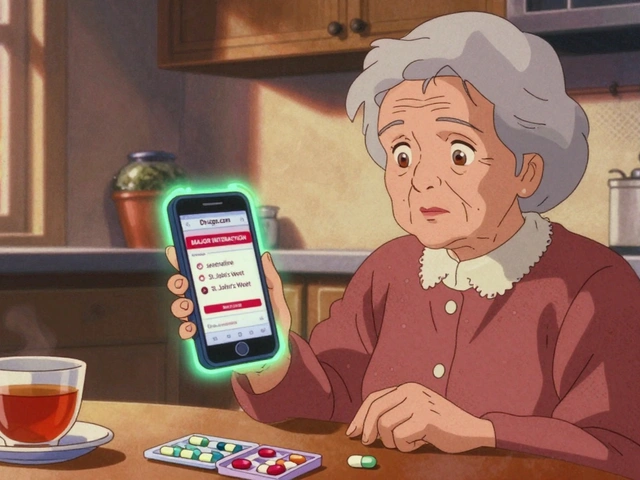
15 Comments
Bro this is wild. I was told I was allergic to penicillin when I was 8 after a rash from amoxicillin. Turned out it was just heat rash from being sick. Now I’m 32 and every time I get an infection they give me some toxic junk that costs $200 and makes me feel like I got hit by a truck. Why is this still a thing? We’re literally poisoning people because doctors are too lazy to test.
And don’t even get me started on how hospitals still have ‘PENICILLIN ALLERGY’ in giant red letters in the chart. Like bro, I’ve taken it three times since then. No hives. No swelling. Just a stupid rash that faded in 3 days.
they dont test because they dont want you to know how much money they make off those antibiotics. big pharma owns the system. penicillin is cheap as dirt. clindamycin? 10x the price. they want you scared. they want you dependent. its all about profit not your health. dont trust the system. trust your body. i took penicillin twice after my label and i felt fine. but they still say im allergic. why? because they need you to keep buying their overpriced poison
USA still stuck in 1990s medical thinking. In Nigeria we just give penicillin to everyone. If they react? They react. But we don’t waste time with tests. We have real problems like malaria and cholera. Why are you wasting resources on allergy testing when people are dying from dirty water?
Also, you Americans think every rash is an allergy. We had a kid with a rash from a virus. Mom took him to hospital. Doctor said ‘penicillin allergy’. Now he can’t get treated for pneumonia. This is why your healthcare is broken. Too much bureaucracy. Too little common sense.
So let me get this straight. We’re telling people they’re allergic to the most common, cheapest, safest antibiotic on earth… because some doctor 20 years ago saw a rash and said ‘oops’? And now we’re giving them drugs that kill their gut flora and cause C. diff? And this is considered normal?
It’s not just negligence. It’s institutionalized stupidity. We’ve turned medicine into a game of Russian roulette where the bullet is a $60 antibiotic. And we wonder why people are dying from treatable infections.
Someone needs to sue every hospital that still has this outdated label on file. This is malpractice.
OMG I JUST GOT MY RECORD UPDATED LAST WEEK AND I CRIED
I was labeled allergic at 6. Took amoxicillin at 18? Fine. At 25? Fine. At 30? Still fine. But my chart said ‘ALLERGY’ like it was carved in stone. Last year I got pneumonia. Doc gave me azithromycin. I got diarrhea for 3 weeks. Felt like I’d been gut-punched by a demon.
Went to an allergist. Skin test? Negative. Oral challenge? Zero reaction. They updated my chart. I’ve been on amoxicillin since. My energy came back. My gut stopped screaming. I feel like a new person.
TO EVERYONE WITH A LABEL: ASK FOR A TEST. IT’S NOT A BIG DEAL. IT’S A LIFE CHANGER.
In India, we don’t have access to this kind of testing in most places. But I’ve seen this happen. A woman gets a rash from a fever. Doctor says ‘penicillin allergy’. She goes to hospital 10 years later with pneumonia. They give her ciprofloxacin. She gets C. diff. She dies.
It’s not just about money. It’s about ignorance. We teach doctors to label, not to question. We teach patients to believe labels like they’re tattoos on the soul. But allergies fade. Labels don’t. That’s the tragedy.
While the article presents a compelling case grounded in clinical data, one must not overlook the foundational principle of medical ethics: primum non nocere. The potential consequences of misdiagnosis in allergy testing, even if statistically rare, carry existential weight. The current standard of care, while imperfect, serves as a necessary precautionary buffer against catastrophic adverse events.
Furthermore, the assertion that 90-95% of labeled patients are not truly allergic assumes a level of diagnostic precision and historical documentation accuracy that is rarely, if ever, attainable in primary care settings. The burden of proof, in this context, must remain on the patient to demonstrate safety-not on the system to retroactively validate a potentially lethal assumption.
wait so you’re saying i’m not allergic? but i got a rash once?? like i’ve been avoiding penicillin since i was 5 and now you’re telling me i was just sick??
also why did my aunt die from anaphylaxis? i thought you said most people aren’t allergic??
idk man this feels like a trap. i’m not getting tested. i’ve survived this long by avoiding it. don’t mess with luck.
It is imperative to note that the efficacy of penicillin skin testing is contingent upon the integrity of reagent composition, the competency of the administering clinician, and the temporal proximity of prior exposure. The claim that 8 out of 10 individuals can safely tolerate penicillin is statistically misleading without stratification by age of initial reaction, type of rash, and comorbidities.
Moreover, the assertion that ‘allergies fade’ is an oversimplification. IgE-mediated sensitization may wane, but T-cell memory persists. The 95% negative predictive value cited is derived from highly controlled trials, not community-based practice. To promote widespread de-labeling without standardized protocols is reckless.
Thank you for sharing this. So many people carry this label without knowing it might be outdated. Testing is simple. Safe. Life-changing. If you’ve been told you’re allergic, please ask. Even if it was 20 years ago. Even if you think it’s too late. You’re not being reckless-you’re being smart.
I’m so glad this is getting attention. My sister got her label at 4. She’s 37 now. Last year she needed antibiotics after surgery. They gave her vancomycin. She got C. diff. Spent 3 weeks in the hospital. Lost 20 pounds. Couldn’t eat for months.
She finally got tested. Negative. Now she’s on amoxicillin for every infection. She’s back to normal. She says it’s like getting her life back.
If you’re scared, talk to a pharmacist. They can help you start the process. You don’t need to be scared anymore.
It’s fascinating how deeply embedded these medical myths become. We treat labels like religious dogma-once written, never questioned. But medicine isn’t scripture. It’s science. And science evolves. The fact that we’re still using 1970s diagnostic logic in 2025 is a reflection of systemic inertia, not clinical necessity.
Think about it: we don’t keep calling someone ‘diabetic’ because they had a sugar spike after a birthday cake in 1998. We don’t keep calling someone ‘asthmatic’ because they wheezed once after a cold in 2003. Why do we do this with penicillin? Because it’s easier to keep the label than to update the chart. Because it’s easier to avoid responsibility than to take the time to test.
And now we’re paying for it-with lives, with money, with the rise of superbugs. We’re not just misdiagnosing individuals. We’re misdiagnosing public health. And until we treat the label like the outdated software it is-until we patch it, update it, delete it-we’re all stuck in the same broken system.
everyone is so dramatic. i had a rash. i’m allergic. end of story. why do you need to test? it’s just easier to avoid it. you think you’re so smart now? you’re just risking your life for a $60 savings. dumb.
My cousin got tested after 15 years of avoiding penicillin. She got the oral challenge in the clinic. Sat there for an hour. No reaction. They updated her chart. Next week she got strep throat. Took amoxicillin. Better in 2 days.
She said it felt like she was finally free. Like she could breathe again-not just her lungs, but her whole life.
If you’re scared, start small. Talk to your pharmacist. They’ve seen this a hundred times. It’s not scary. It’s just… right.
The assertion that penicillin allergy testing is a cost-effective public health intervention is predicated upon a flawed economic model that ignores downstream liability risks, litigation exposure, and the potential for catastrophic adverse events following false-negative results. While the aggregate savings appear compelling, the marginal cost of one preventable anaphylactic death far outweighs any financial benefit.
Furthermore, the proliferation of non-specialist-administered testing protocols undermines the integrity of clinical decision-making. The standard of care, as defined by the AAAAI and IDSA, requires allergist involvement for all but the lowest-risk patients. To permit pharmacists and nurses to perform skin testing without formal allergology training constitutes a dangerous erosion of professional boundaries and clinical accountability.